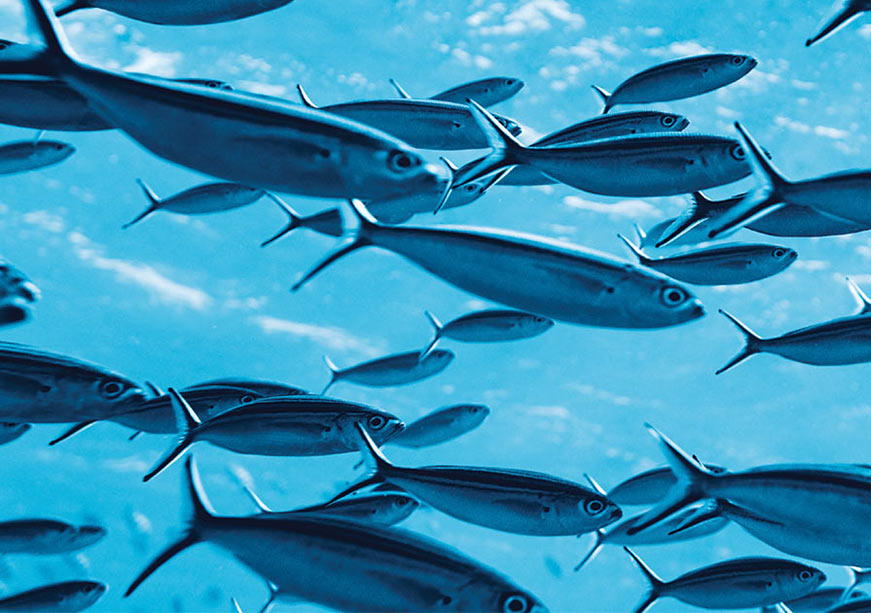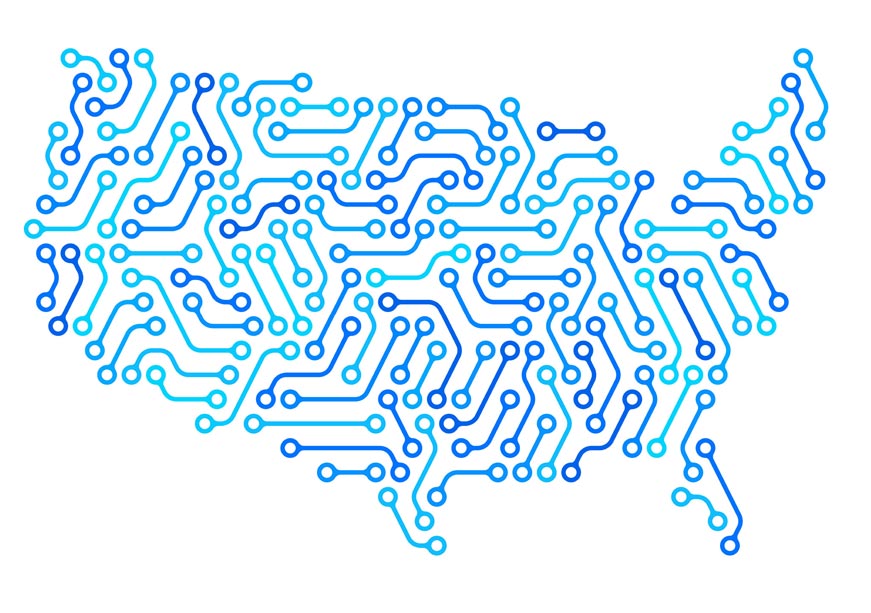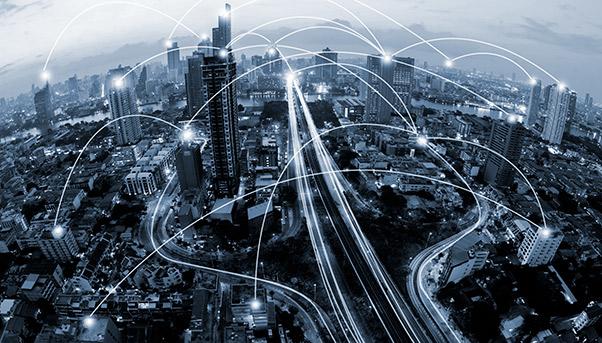Attribution: Swati Prabhu et al., Sea of Hope: The Blue Economy Imperatives for the Global South With Reference to India, Observer Research Foundation, October 2025.
Executive Summary
The Blue Economy
Oceans cover over 70 percent of the Earth’s surface and contain 97 percent of its water, underpinning food security, climate regulation, and oxygen production. The Blue Economy refers to the sustainable use and regeneration of marine resources, spanning fisheries, aquaculture, maritime trade, coastal management, and tourism.
The scale of oceanic influence underscores the importance of the Blue Economy: 80 percent of global trade is sea-based, 40 percent of the global population live in coastal regions, and over 3 billion people depend on the oceans for their livelihoods. The estimated natural capital of the Blue Economy is valued at US$25 trillion, with an annual output of goods and services estimated at US$2.5 trillion, placing it on a par with the seventh-largest global economy in GDP terms. Yet these figures are only the tip of the iceberg.
The Blue Economy intersects with maritime trade and port infrastructure. Although maritime shipping underpins 80 percent of global goods movement, it accounts for 3 percent of global greenhouse gas emissions and contributes to a large part of oceanic degradation. Sustainable seaport practices—through cleaner technologies, waste management, and ecosystem conservation—are therefore essential. These practices not only minimise ecological footprints but also enhance the resilience of marine ecosystems.
Another critical frontier is blue carbon. Coastal ecosystems such as mangroves, seagrasses, and salt marshes are carbon sinks. Tapping into blue carbon markets—where Global South nations act as net sellers—offers innovative pathways for climate financing and ecosystem restoration. India can lead this shift by pioneering nature-based solutions and institutional frameworks to mobilise blue carbon as a developmental asset.
This Report
This report, Sea of Hope: The Blue Economy Imperatives for the Global South with Reference to India, published by the Observer Research Foundation (ORF) and DP World, explores ways to advance the Blue Economy from a Global South lens, with specific reference to India. It examines thematic areas including sustainable maritime practices, port development, nature-based climate solutions, and innovative financing tools.
The Blue Economy offers both opportunities and challenges; overcoming the challenges will enhance the opportunities further. This necessitates a strategic realignment of policy, institutional, regulatory, and financing frameworks. This volume calls for a renewed Global South agenda for the Blue Economy, with India as its focus. Combining academic insights with strategic pathways for policymakers, practitioners, and industry regulators, it underscores the need for policy development in the Global South to enable a sustainable Blue Economy.
Recommendations
- Making a Business Case for the Blue Economy
To mobilise private-sector engagement, it is essential to present the Blue Economy as a viable business opportunity. Historically, companies have been hesitant to invest in environmental and social infrastructure due to perceived low financial returns. However, this narrow focus on economic rate of return (return on investment, or RoI) should give way to a broader recognition of the social rate of return, especially as sustainability increasingly influences consumer preferences, investor sentiments, and regulatory frameworks.
- Promoting Innovation and Green Finance
It is critical to fund research in low-emission shipping technologies, carbon capture onboard vessels, and AI-driven logistics for route optimisation. Leveraging blue bonds and sustainability-linked loans can help raise capital for port upgrades, emission-reducing technologies, and ecosystem restoration.
- Establishing Market-Based Instruments: Payments for Ecosystem Services (PES)
Innovative financing mechanisms such as Payments for Ecosystem Services (PES) can monetise and incentivise the preservation of marine and coastal ecosystems. Downstream beneficiaries—tourism operators, fisheries, and coastal developers—can be encouraged to compensate those who maintain or restore these services upstream.
- Rebalancing Climate Finance: Adaptation vs. Mitigation
Given the acute climate risks faced by coastal populations in the Global South, equitable climate finance must redress this imbalance. Adaptation finance is not merely a technical requirement but a justice imperative—ensuring that all nations, especially those that are historically marginalised, can access the resources necessary for resilient ocean-based development.
- Greening Maritime Infrastructure
Decarbonising shipping fleets requires transitioning from heavy fuel oil to low-emission alternatives such as LNG, green hydrogen, ammonia, and electric propulsion. By retrofitting existing ships with energy-saving technologies, such as air lubrication systems, hull coatings, and waste heat recovery, fuel consumption and emissions can be reduced. Further, aligning operations with IMO 2023 and 2050 GHG reduction strategies enhances compliance and reduces the environmental footprint of the shipping industry.
- Developing Sustainable Ports
Incorporating green building principles, shore power (cold ironing) facilities for ships at berth, and LED-based lighting systems can reduce operational carbon footprints and can facilitate designing eco-ports. By deploying advanced waste reception and treatment systems to handle ship-borne and port-generated waste, including oil residues, ballast water, and plastics, challenges of waste management can be handled. Automating and digitising port logistics to improve efficiency and reduce congestion can help in minimising emissions from idling vessels and trucks.
- Enhancing Multimodal Connectivity and Hinterland Integration
Developing multimodal logistics corridors (rail-road-sea integration) to shift freight away from carbon-intensive road transport and reducing emissions across the supply chain can build seamless logistics corridors. Ports can also anchor marine industrial clusters, including green shipbuilding, aquaculture hubs, coastal tourism, and clean energy zones.
- Supporting Coastal Resilience and Ecosystem Services
Investing in Nature-Based Solutions (NbS) or green buffers such as mangrove belts, salt marshes, or dune systems around port perimeters can help enhance natural coastal protection and biodiversity. Further, working with governments, industry practitioners and scientists on marine spatial planning can ensure that port expansions and shipping routes minimise habitat disruption and avoid sensitive ecological zones.
- Community Engagement and Inclusive Development
For livelihoods integration, it is critical to ensure that port expansion projects take into consideration the needs of local fishing communities and small-scale traders, including provisions for alternative livelihoods and inclusive stakeholder consultations. Investing in skills building for training local youth and workers in marine logistics, ship repair, and renewable energy operations can help build human capital for the Blue Economy.
- Partnerships for Bolstering Regional and Global Initiatives
Alliances like the Getting to Zero Coalition, Clean Cargo Working Group, and World Ports Sustainability Program (WPSP) enable co-development of solutions and sharing of best practices. Regional Blue Economy platforms can bolster collaborations between governments and multilateral institutions on initiatives such as IMO’s Blue Solutions, UNCTAD’s Port Management Programme, and Africa’s Integrated Maritime Strategy 2050. Public-Private Partnerships (PPPs) can diversify investment risk, foster technological innovation and operational efficiency, and increase the total factor productivity. Their success, however, depends on clear regulations and well-designed contracts. In this context, cross-sector coordination and alignment in regulatory and governance architecture become important to reduce the transaction costs of business and diminish, if not eliminate, any opportunity for regulatory arbitrage.
Read the report here.
All views expressed in this publication are solely those of the authors, and do not represent the Observer Research Foundation, either in its entirety or its officials and personnel.
















